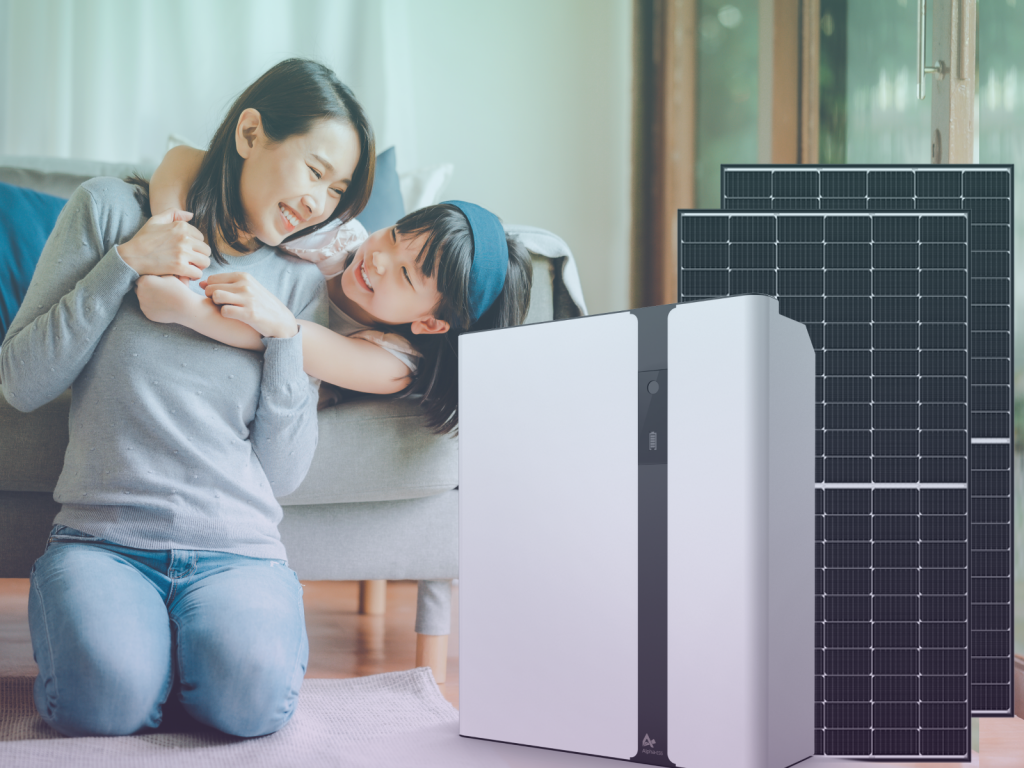Australian energy prices are increasing up to 50% – What can you do?
Energy prices are forecast to increase by 50% in the coming months. Understandably, many Australians are looking for quick ways to protect themselves from out-of-control electricity bills. Generating your own power with a solar panel and battery system is the best affordable, reliable and long-term solution.
If you feel like your paychecks are disappearing into thin air, you’re not alone.
Inflation is increasing, and so are mortgage payments, groceries, fuel, utilities and other costs of living. Most Australians are feeling the pinch right now. The gap between wages and costs is getting wider and wider, with no relief likely in the next 18 months, according to Treasurer Jim Chalmers.
Electricity prices are already eating up significant portions of our wages, and they’re tipped to increase by over 50% in the next 18 months. If that makes you nervous, consider that price increases are likely to continue in coming years too. There’s no knowing how far it will go.
So how do you keep your lights on, your food refrigerated, and your house cool this summer? Here are your options.
Option 1: Do nothing and surrender to unpredictable fossil fuel prices
A ‘head-in-the-sand technique’ might seem like a good way to avoid the immediate discomfort of rising prices, but it certainly won’t remove the problem. If you decide to accept the rising price of power, you’re committing to a very expensive long-term headache.
Fossil fuels, which power the grid, are becoming incredibly difficult and expensive to source. The war in Ukraine, pandemic-related supply chain issues, and wild weather events are affecting prices right now – and this highlights the fickle nature of the energy market. It’ll always be unpredictable.
Perhaps you’re managing your power bills okay for the time being, but there’s no way of knowing what the market will be like in a few months or years down the track.
The problem isn’t going away, and by doing nothing you’re signing yourself up to a relentless and frustrating ongoing cycle of price increases and unpredictability.
Option 2: Throw yourself into energy saving habits
You could commit to new energy-saving habits around the home, such as turning off lights when not in use, installing energy efficient light bulbs and appliances, or running your major appliances during off-peak periods. You could even try to build some sustainability features into the design of your home.
But in both cases, you’re still using grid power. Even if you reduce your power bill through these hacks, you’ll still be beholden to price increases. And you’re likely to end up back where you started, with a high bill even though you’re not using much power.
In short: Even if you cut your electricity use by 50%, you’ll end up with the same sized bills a few months down the track when prices have increased by 50% anyway! Not to mention the fact that rationing your electricity use like this will lower your comfort and enjoyment of life. No one wants to be limiting their use of heating and cooling, lights, appliances and the things that make a modern home nice to live in.
Energy hacks simply aren’t a real, lasting solution to keep your bills under control.
Option 3: Make your own power with solar panels and a battery

The best way to reduce your power bills for good is to step away from grid power altogether, and install a solar panel and battery system. This will allow you to generate your own, clean, reliable energy day and night all year long. It’s a long-term solution for a long-term issue.
If you don’t think this is an affordable option for you right now: think again.
- Solar batteries are more affordable than ever before, and the payback period is much shorter than previously.
- Payment plans are also available, giving you access to energy savings straight away for an affordable low monthly cost. In some cases, you could even end up saving more money than you pay from Day 1.
- A solar battery also gives you access to Virtual Power Plants (VPPs). This is a connected network of solar homes that are connected to the grid, and can sell energy back to the grid at a premium rate. When you join a VPP, you don’t just save money, you actually earn it! And support your community’s power supply at the same time.
What’s more – a Powow PPA Plan offers peace of mind by providing a 100% system performance guarantee, and access to reliable Solar Aftercare.
You could wave goodbye to expensive power bills in the near future and protect your home from the 50% (or more) price increases set to hit Australia.
Design Your Online Solar System on the ShineHub website today. You’ll be able to see transparent pricing options so you can start calculating your electricity savings straight away.
Disclaimer: VPP, or Powow PPA products are for approved customers only. Contact ShineHub to confirm your eligibility. Terms and conditions apply.




